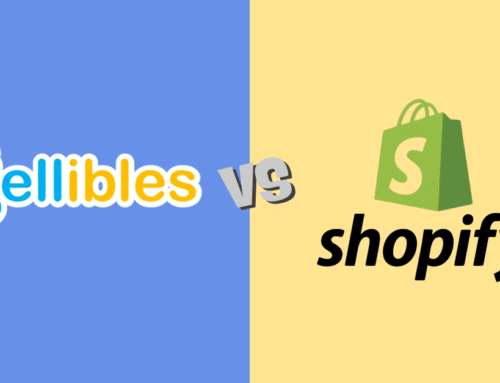What is a sales pipeline?
‘Sales Pipeline’ is the whole process that expresses the actions to be performed until the moment the customers place an order, just as the production stages are divided into sections in a production line.
What does a sales pipeline do?
In the production of pins, which is one of the most basic examples of the industrial revolution, the production amount has multiplied, and the product quality has become standardized with one worker making the needle tip, another making the body and another making the head.
Similarly, with a properly designed and systematically monitored Sales pipeline, it is aimed increasing sales and revenues, even though the entire process is carried out by a single salesperson.
How to make a sales pipeline?
There is no single correct answer to this question. Although there are some changes according to the sector you operate in and the way of doing business, there are basic rules.
The sales pipeline has two dimensions:
- Pipeline Items
- Pipeline Percentages
Pipeline Items
Although the sales pipeline is shaped according to the dynamics of your company, due to the nature of sales, there are 2 fundamental steps in a sales pipeline. Intermediate steps can be added to the process according to your sector and the way your company does business.
These 2 fundamental steps are:
- Customer contact (New or Existing)
- Receiving the order (Closing the sale)
The process between these steps is divided into additional steps. After contacting the customer, it is monitored whether the teams have taken the steps that they should take and whether they have executed them as they should be, until the order is received. If it is necessary to explain this with very clear and basic examples:
-Product Sector:
Customer Visit > Stock Control > Quotation > Order
-Service Sector:
Customer visit > Service presentation > Quotation > Contract Negotiations > Order
Pipeline percentages:
While the processes (such as contact, stock control, quotation, order taking) define each step to be taken, these ratios reflect whether the steps are taken correctly and where the problem is.
Although these rates are formed statistically over time, you can initially determine an estimated percentage with your commercial foresight. For example, let’s have process percentages such as:
Pipeline Item Pipeline Percentage
Customer Visit 10%
Stock Control 30%
Quotation 50%
Order 100%
You will reach the following results accordingly.
- 10% of the number of customers contacted will turn into orders
- 50% of your customers who come to the quotation stage will turn into orders
- Etc.
If the realized percentages are different from these, you can immediately identify the problematic process and focus on correcting them first. Or you can easily determine the step that will have the most impact on increasing your sales.
Let’s say; those who are at the quotation stage are 1%. It is obvious that there is a problem with customer stocks. Either your customers cannot sell your products to the end-user (there is an end-user demand problem) or your sales team has loaded too much stock in the previous months to meet the target.
In summary, this simple system will show you very clearly where you should focus on your sales processes and what you need to do to increase your sales.
What will you lose if you do not implement the Sales Pipeline?
You lose money because you can’t make sales, and you lose time and effort because you focus on the wrong points.
Just focusing only on orders taken, it is not possible to determine what went wrong in the process and what and how much you need to focus on to increase sales.
For example, If you are a company that sells products to retail outlets, while you think that you cannot sell because your prices are high in market, you cannot determine that the reason not getting the orders is that your customers already have too much stock and you can apply unnecessary price discounts. If you apply the sales pipeline correctly, you can see that you need to focus on end-user campaigns.
Or if you are a service company, while you think there is no demand for your services, you may not realize that the problem is perhaps in your contracts. If you observe this situation, you know that the issue you need to focus on is to restructure your contracts or provide contract negotiation training to your teams.
How can you implement the Sales Pipeline?
There is a lot of CRM software in the market with very little cost. As a company boss, you can follow all your sales teams 24/7 through these systems and monitor the performance of people and your company in real time.
According to an analysis by Forbes magazine, you can use the following CRM systems in your company at effective costs according to the needs of your business.
https://www.forbes.com/advisor/business/software/best-crm-small-business/
- Zoho CRM – https://www.zoho.com/crm
- Monday.com CRM- https://www.monday.com
- FreshSales CRM – https://www.freshworks.com/crm
- Pipedrive CRM – https://www.pipedrive.com
Or Sellibles can help you in this whole proces, which has set out with the mission of building “the world’s largest freelance sales team”. 😊






Leave A Comment